by Ian Skellern
Contemporary watchmaking has been making waves in the generally calm waters of traditional watchmaking for nearly two decades now. I’d put its start in 1998 when Vianney Halter launched the deconstructed Halter-Barnes Antiqua perpetual calendar and radically changed perceptions as to what haute horlogerie might be.

Vianney Halter Antiqua
Then there was Urwerk (1997*), Harry Winston’s Opus Series (2000), Hautlence (2004), MB&F (2005), HYT (2011), and more. Whether you like the crazy timepieces these brands create or not, there is no denying that they have enriched the horological landscape with their audacity.
* I know Urwerk launched the UR-101/2 before Halter presented the Antiqua, but I rate the latter as being more influential.
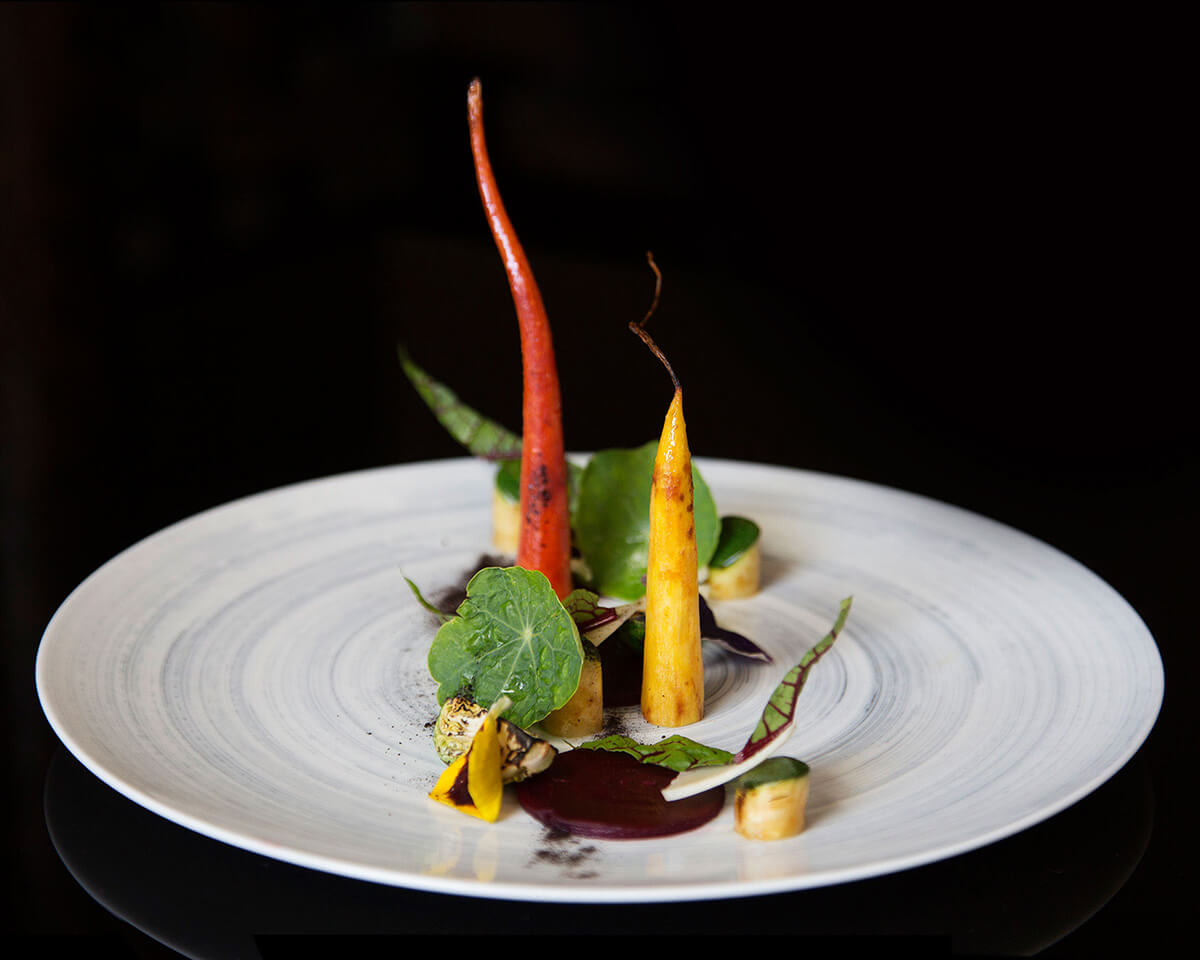
Dish by Niki Nakayama from the Netflix series ‘Chef’s Table’
But as I gradually make my way savoring every flavor through the second season of the superb series Chef’s Table, I can’t help but wonder if the pioneers and leaders of contemporary watchmaking are doing enough.
Chef’s Table
Chef’s Table is a Netflix documentary series by Jiro Dreams of Sushi director David Gleb. Each episode tells the life story of a chef now at the top of his or her game pushing, if not breaking, the boundaries of traditional haute cuisine.
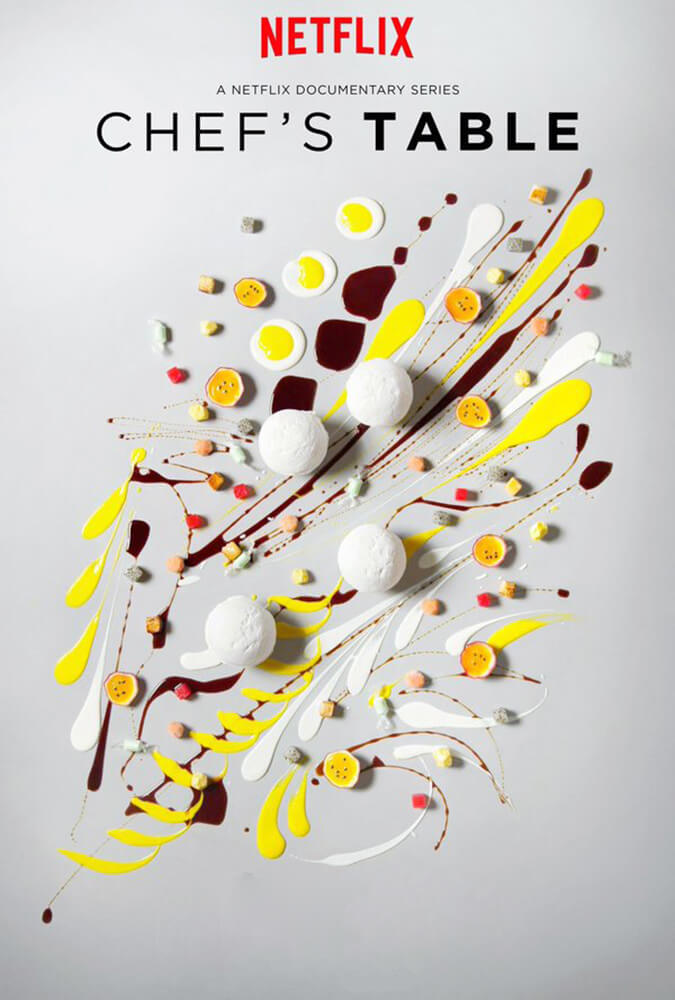
Netflix series ‘Chef’s Table’
Chef’s Table is beautifully filmed; the stories are interesting and flow effortlessly; the chefs are driven by passion, dedication and drive; and the shows offer an insight into how the magic is accomplished. But that’s all just to provide context for the art; and make no mistake: these chefs are creating art.
Each and every dish is a work of art in every respect.
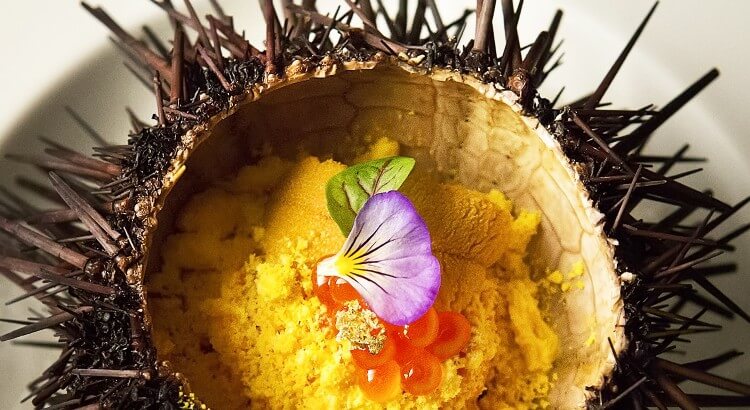
Dish from the Netflix series ‘Chef’s Table’
The whole experience of eating in restaurants like these is performance art. A meal is like spending a few hours in an interactive theater full of sights, sounds, smells, textures, colors, shapes, and tastes.
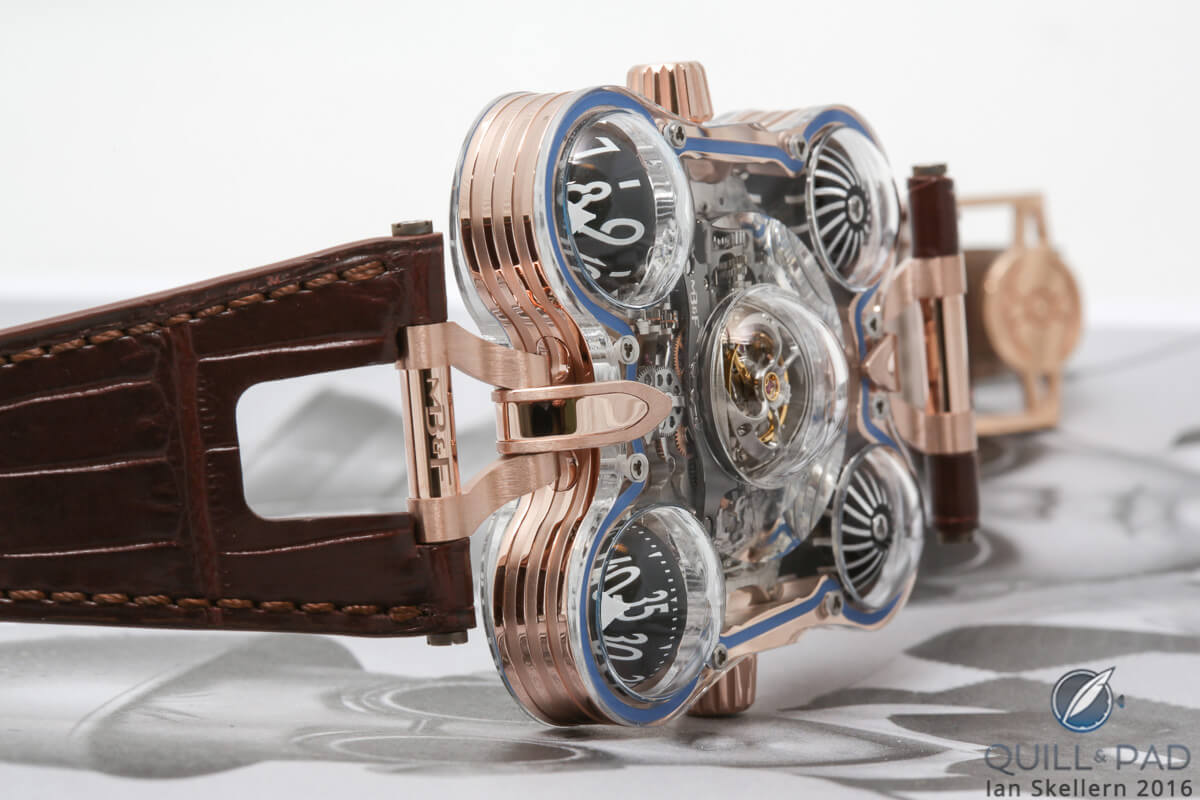
Does the MB&F HM6 SV compare favorably to haute cuisine as a piece of contemporary haute horlogerie?
The art begins even before we get to the food: every plate or implement that the food is served on is a chef d’oeuvre in itself: the tableware is an integral part of the experience. The only watch brand that I know of that has done something similar to that is MB&F, which has taken the same approach to the presentation cases of its wild Machines as it has the Machines themselves. And let’s not forget the M.A.D.Gallery, a unique retail atmosphere that quite literally positions the Horological Machines right next to contemporary art.
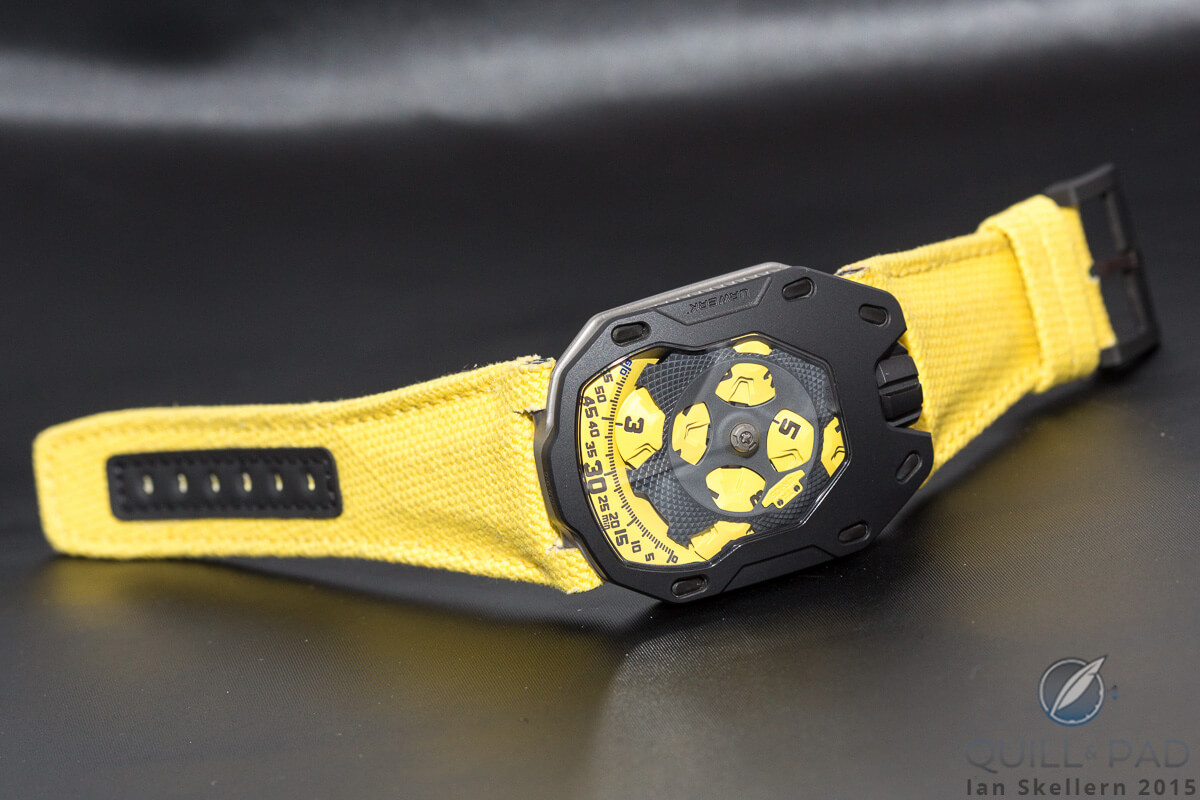
The Urwerk UR-105 features bright color, but is that enough?
The chefs featured in the series “paint” food on plates as an artist paints canvases, with the same approach to color, form, shape, and texture.
But this food isn’t on a two-dimensional canvas, it’s three-dimensional sculpture – in color.
And then there’s the taste!
Then there is the taste – or perhaps that should be smell as much of what we think we are tasting is actually what we are smelling.
And then there is surprise. Great art challenges our assumptions and defies expectations. Great art surprises, and it is much easier to surprise with originality than by doing the same thing everyone has seen and tasted before.
Comparing apples with watches
Let’s look at how these two fields might offer comparisons.
Traditional watchmaking is technically superb, but offers little creativity in presentation (round case, three hands, etc.). Traditional cooking can also be technically superb, while offering little creativity in presentation (round plates, etc.).
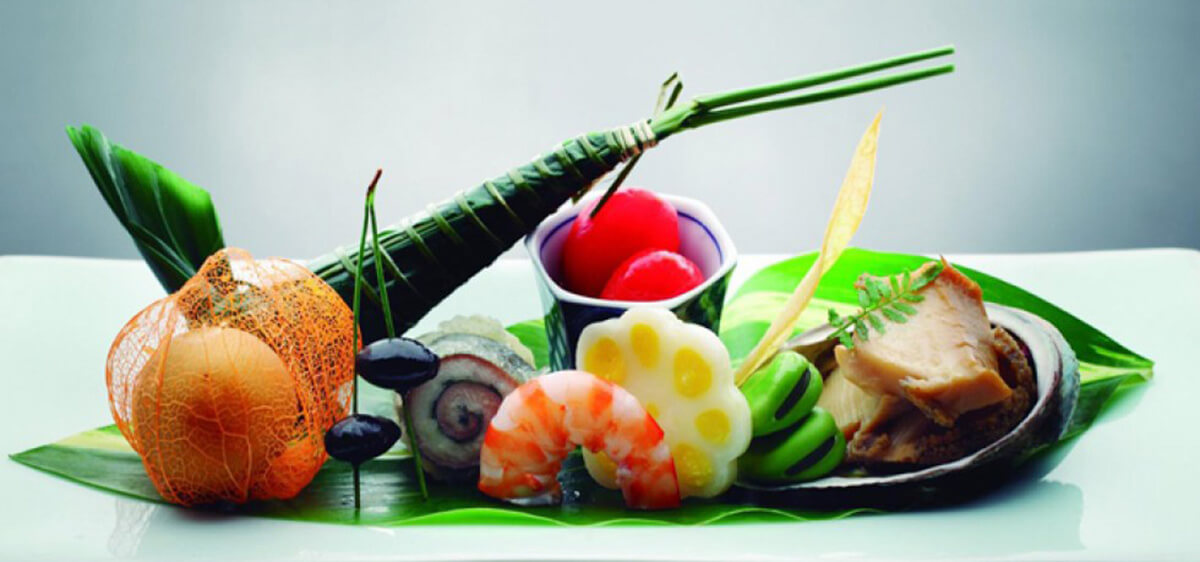
Cuisine at this level stimulates all of our senses
Contemporary watchmaking is technically superb and offers high levels of creativity in presentation (sculptured three-dimensional cases, innovative indications and complications), while contemporary haute cuisine is also technically superb and offers high levels of creativity in presentation (food, plates, environment, etc.).
What piqued my interest was to compare the levels of creativity of the two domains. “Watchmaking as art” has been the mantra of many watch brands over the last decade, but only a very few have actually delivered.
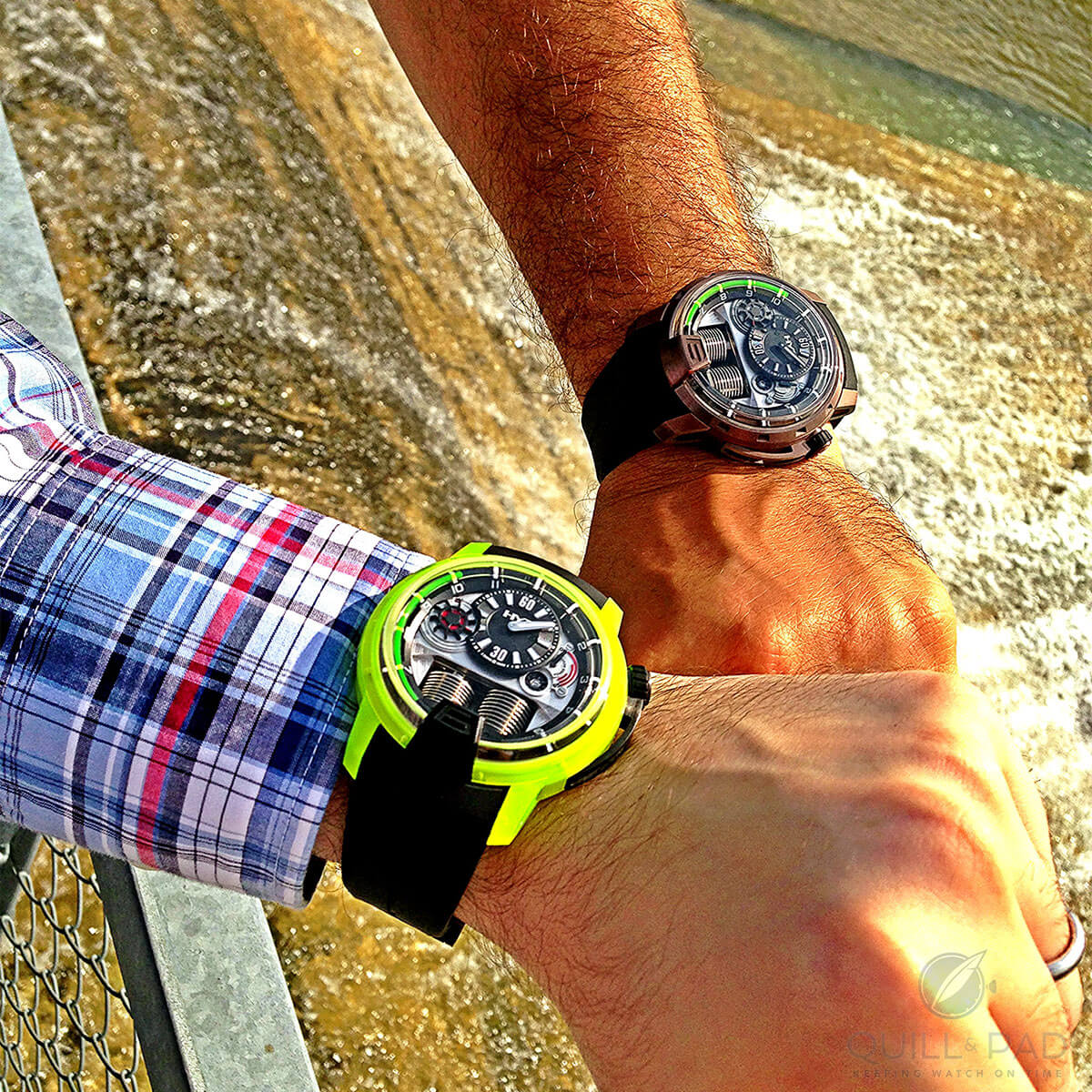
Bright fluorescent yellow of the HYT H1 “AZO 1” and a red gold H1 next to it (photo courtesy Amr Sindi)
We have miniature art on the dials and movements, sculptural art in the forms of watch cases, and even mechanical art in the originality of technical solutions and executions.
But is that enough?
Contemporary watchmaking is now one of the pillars of the independent market, as evidenced by the 11 independent brands exhibiting at the 2015 SIHH (see Want To Launch A High-End Watch Brand? What The 9 New Independents At SIHH 2016 Teach Us).
Many years ago, a friend who I knew as a collector of high end vintage watches surprised me by buying an Urwerk. When I asked him why he’d done such an about face, he replied that he had had no change of heart: if he is buying a traditional watch then he wants an authentic traditional watch from its period in history. But he has no interest in new watches styled on traditional watches: new watches should be new watches in his opinion, not copies of what our grandparents wore.
I know that it is easy to be seduced by colors and shapes, but I can’t help but feel that the culinary artists in Chef’s Table have pushed their art further than contemporary watchmakers have done with theirs.
Do those that once led the horological revolution still have the same appetite for risk now that many have successful businesses with much to lose and families to provide for? And on that note, where is the next generation of Vianney Halters, Felix Baumgartners, and Max Büssers?
If Chef’s Table is any indication, then contemporary haute horlogerie may be just warming up.
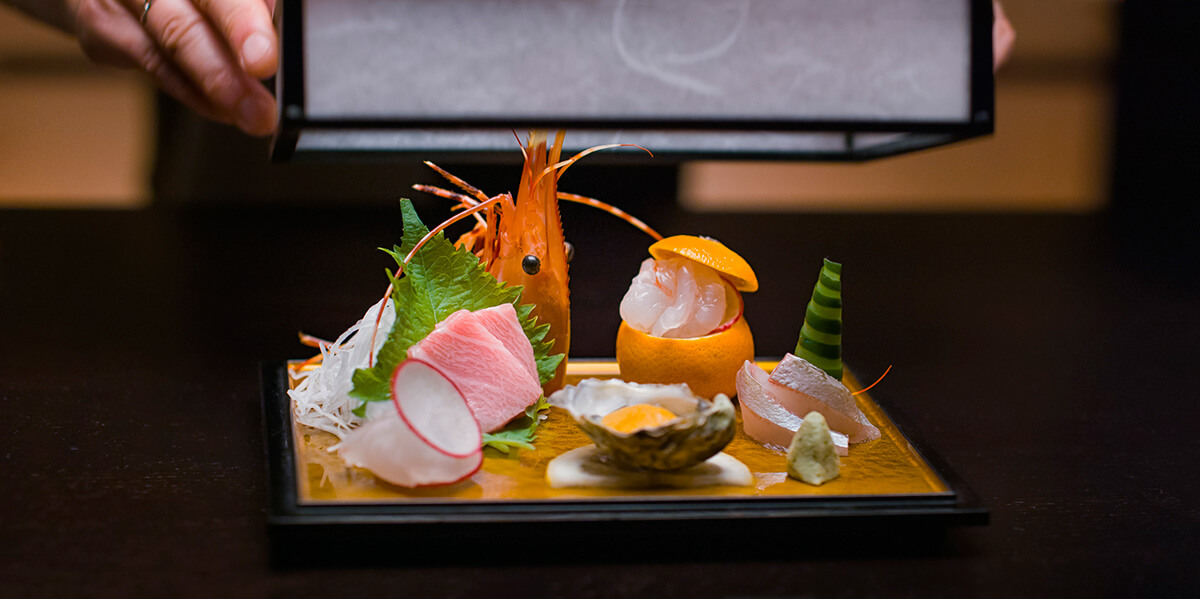
And though there are many similarities between contemporary haute horlogerie and contemporary haute cuisine, it’s also worth highlighting one major difference: haute cuisine is an ephemeral art form lasting hours (at best), whereas haute horlogerie lasts (or should last) for generations.
And cost? A great restaurant (with wine) is likely to cost around $400 for around four hours of dining, so approximately $100/hour.
A great watch can easily set you back $50,000. After six years, that works out to be around $100/hour . . . but, you still have the watch. While great food may exhibit more art than great watches, the latter looks to be better value for money over the long run.
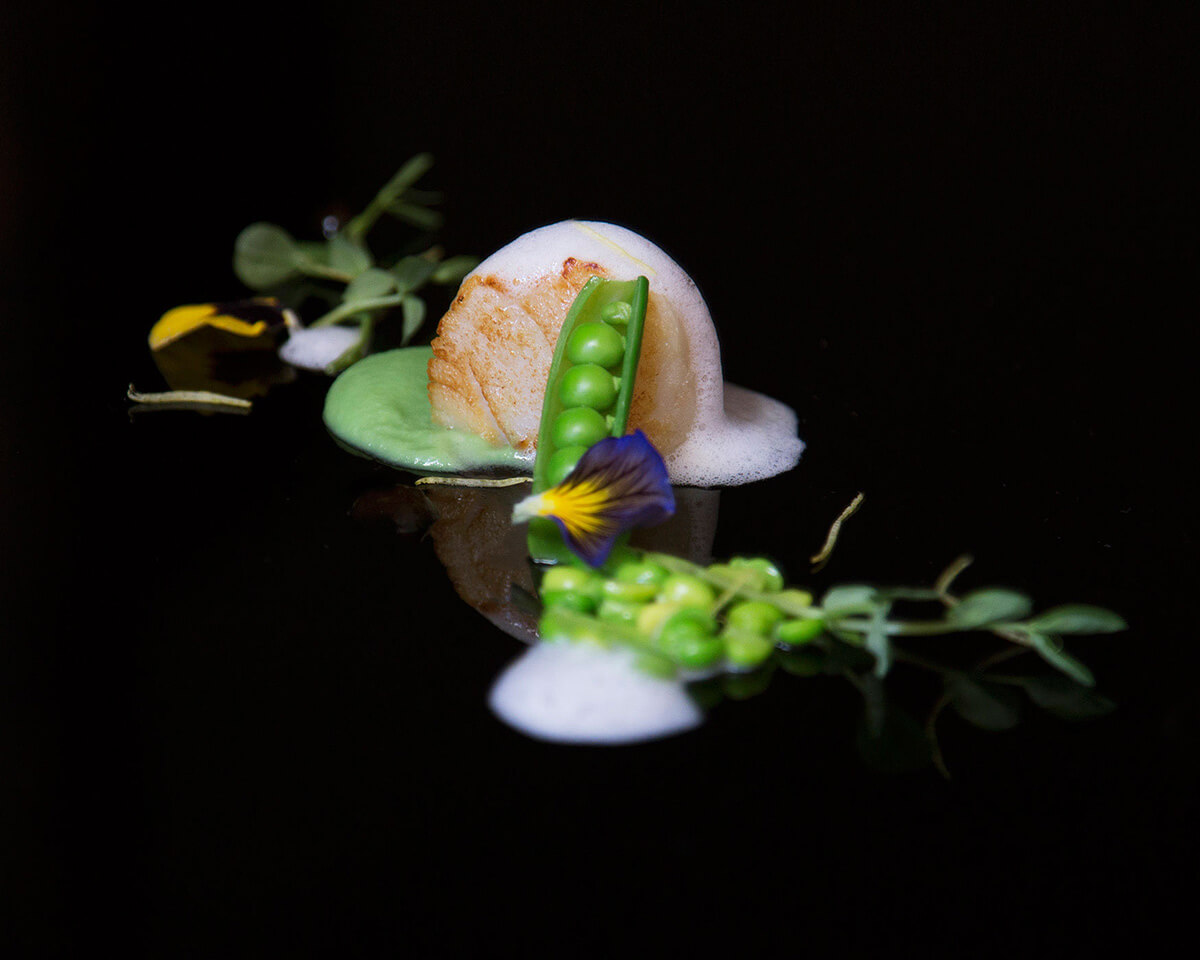
Dish by Niki Nakayama from the Netflix series ‘Chef’s Table’
But what I’d like to see now is the next generation of contemporary haute horlogerie because I yearn to be awed and surprised again.
I highly recommend checking out Chef’s Table on Netflix, especially if you are an artistic creator, at www.netflix.com/ch-en/title/80007945.
Leave a Reply
Want to join the discussion?Feel free to contribute!

Are we supposed to eat that food or just photo it!!
I had that reaction too, John, the food really does seem too good to eat, but it all gets eaten, much of it tasting and being completely different to what it looks like.
Is it emperors new clothes or a flash in the pan? Haut horlogerie or Haut cousine, call it what you want. Art allways try to reinvent it self with different results. Is it in end just something to put on your wrist or put in your stomach? An instrument to mesure the time you spent in three star restaurant. When it cooks down to essentials it is how your spend your time and how you nurish yourself or watch out and eat well.
I’ve spent my last 20 years as a watchmaket and on my sparetime my big things has been food & wine and frankly I don’t know wich I love the most.